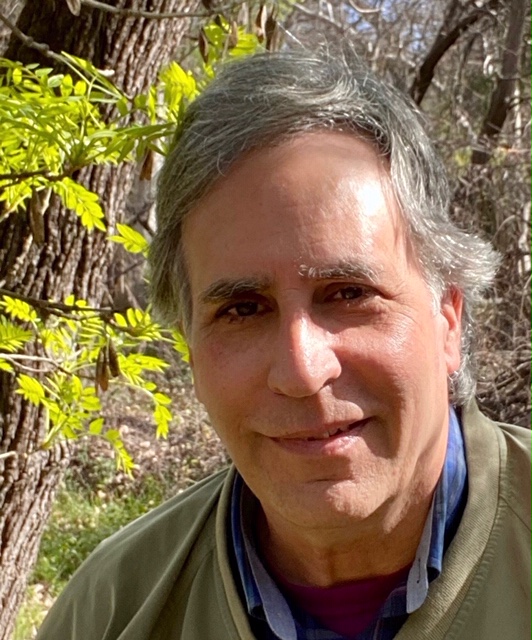Looking Without A Center
A flock of small birds lands in the shallows, and a few begin furiously beating their wings in the water. More join in, and suddenly there are a dozen birds taking a bath at the same time.
They all seem to be great friends, thoroughly enjoying the late-afternoon splash. One by one they dart off, flying downstream even as others fly up. It is a marvelous sight, so full of movement and life.
Watching everything outside and inside on the mild afternoon, meditation creeps in like a soft breeze through the trees. As always, it comes completely unbidden, after all effort and goal seeking has dissolved in passive awareness.
One's particular perspective ends too, replaced by a whole view in the present. Naturally everyone has a different perspective. Culture, education, religion, and even the climate affect how we see things, which varies from place to place and person to person. In one sense, these varying backgrounds make for variety, also known as 'diversity.' But they also make for conditioned differences, division, and conflict.
Indeed, where conditioned differences are primary, there is inevitably division and conflict. Some people think conditioned differences are good; most people think they are the unchangeable basis of being human. But clearly it is possible to have genuine uniqueness and diversity between people without division and conflict.
Obviously we all tend to see things from just our own perspective. Virtually all people look out on the world from a center, which is to say from the self. But as one observes in an extremely individualistic culture, to see things from no other perspective but one's own leads to egocentrism, ethnocentrism, and militarism.
In the first century, the Greek astronomer Ptolemy, working in the great library in Alexandria, produced his earth-centered system of the universe. The Ptolemaic world-view held sway until the 16th century, when Copernicus demonstrated that the Earth revolved around the sun. Einstein in turn overthrew that paradigm, showing that all centers are relative and in flux, and that no point is permanently fixed in relation to others. There is no center in the universe as it actually is.
Psychologically however, we cling to the Copernican, if not Ptolemaic way of seeing the world, which is producing more and more egocentrism and ethnocentrism. And self-centeredness of any kind inevitably increases the gaps between people, both politically and economically.
Rather than ending war after the bloodiest century in history, the 20th century, war is becoming institutionalized and glorified. Though humankind now has the scientific and technological means for providing food, clothing, shelter, health care, and education to everyone, the gulf between the haves and have-nots is widening nearly everywhere.
Learning how to look is the key to opening one's eyes and heart. To look from other people's perspectives is to see the world through other people's eyes. That’s certainly a good thing.
In awakening meditation however, one learns how to look from no particular perspective; that is, from no center at all. Then who or what is looking? There is no separate entity. There doesn’t need to be an observer for there to be observation. In fact, the observer prevents true observation.
Perhaps in ending the center, one glimpses the world through God's eyes, although that’s not meant that in any deistic sense, which is just another thought-projected center. To see without a center is deeply transformative.
- Martin LeFevre is a contemplative, and non-academic religious and political philosopher. He has been publishing in North America, Latin America, Africa, and Europe (and now New Zealand) for 20 years. Email: martinlefevre@sbcglobal.net. The author welcomes comments.



 Gordon Campbell: On Why The US Stands To Lose The Tariff Wars
Gordon Campbell: On Why The US Stands To Lose The Tariff Wars Eugene Doyle: Before It’s Too Late - Reimagine New Zealand’s Military Future
Eugene Doyle: Before It’s Too Late - Reimagine New Zealand’s Military Future  Binoy Kampmark: Gender Stunts In Space - Blue Origin’s Female Celebrity Envoys
Binoy Kampmark: Gender Stunts In Space - Blue Origin’s Female Celebrity Envoys Richard S. Ehrlich: A Deadly Earthquake & Chinese Construction
Richard S. Ehrlich: A Deadly Earthquake & Chinese Construction Ian Powell: It Does Matter To Patients Whether They Are Operated In A Public Or Private Hospital
Ian Powell: It Does Matter To Patients Whether They Are Operated In A Public Or Private Hospital Gordon Campbell: On Marketing The Military Threat Posed By China
Gordon Campbell: On Marketing The Military Threat Posed By China